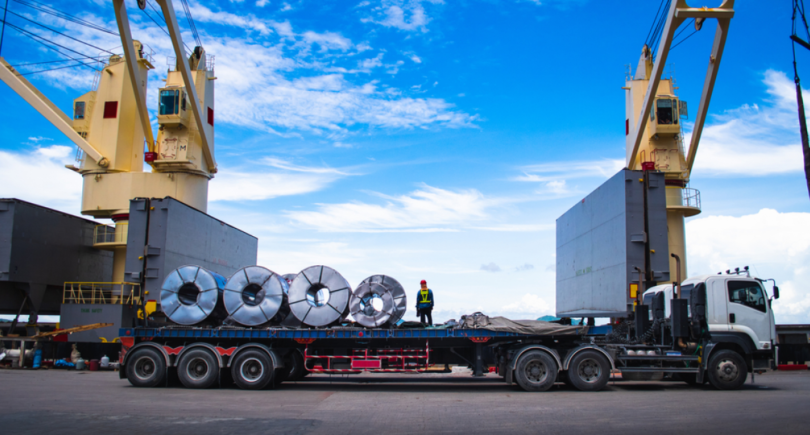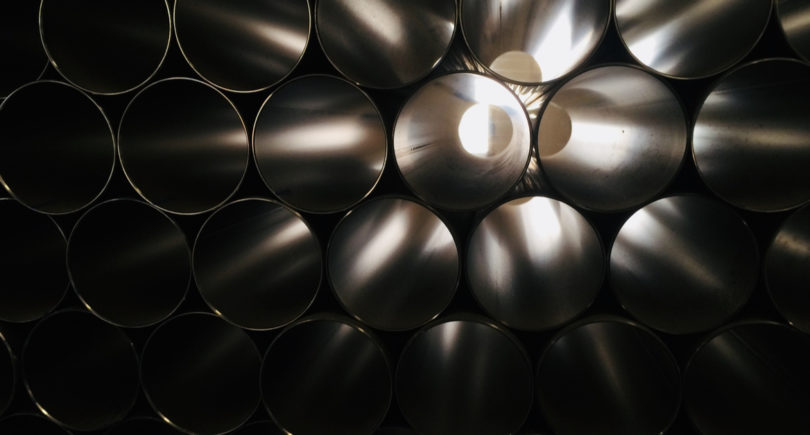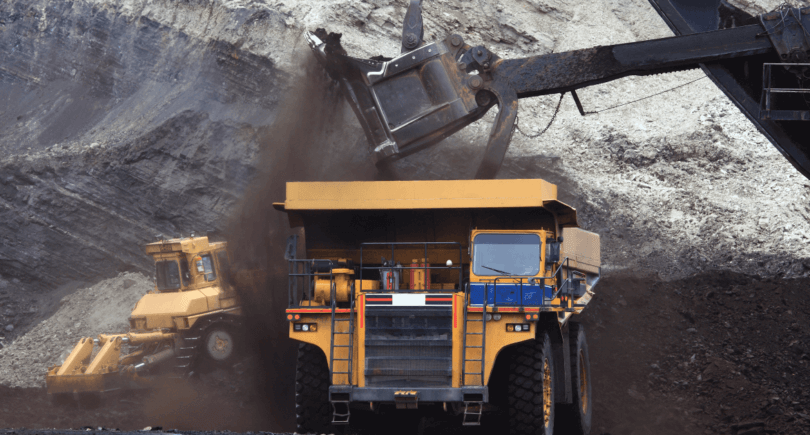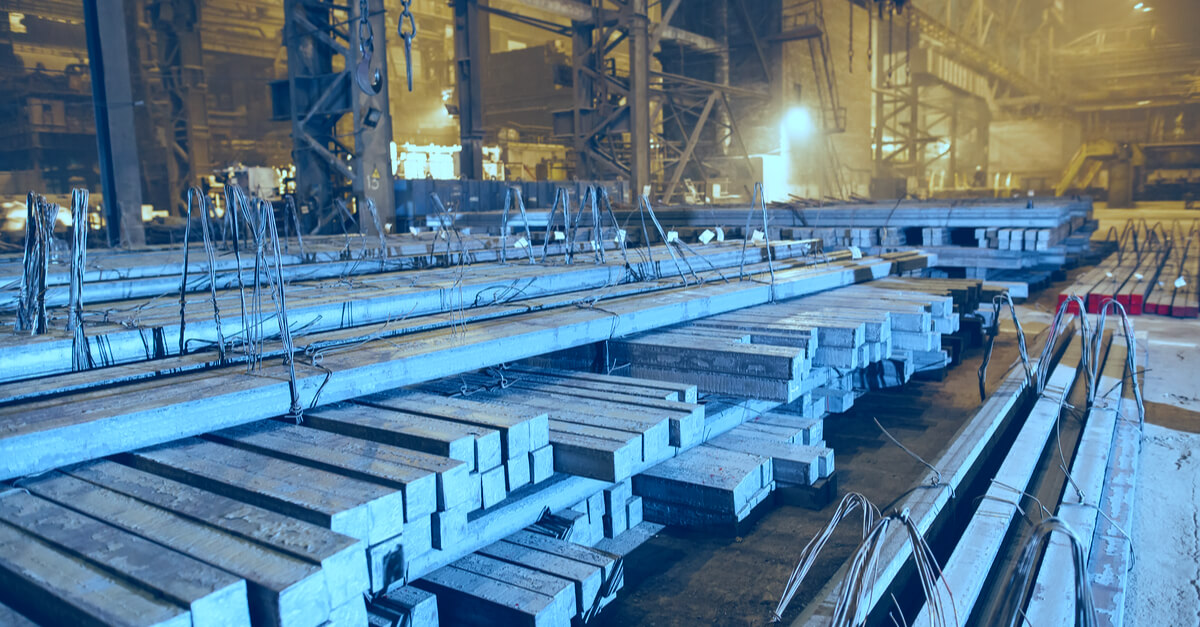
News Global Market EU 3736 31 May 2023
The costs of importing Russian iron and steel products amounted to €662.11 million
In January-March 2023, the European Union reduced the import of iron and steel products from Russia by 58.7% compared to the same period in 2022 – to 1.361 million tons. Costs for the import of Russian products amounted to €662.11 million, which is 53.1% less y/y. This is evidenced by Eurostat data.
In the first quarter of 2023, Russian steel companies delivered the most semi-finished products to the EU – 839,000 tons. This is 39% less compared to the same period in 2022. The costs of European consumers on the import of such products amounted to €458.17 million (-45.2% y/y). Belgium is the main importer of semi-finished products from the Russian Federation – 343.7 thousand tons (-32.5% y/y) for €179.28 million (-39.4% y/y).
Import volumes of Russian pig iron to the European Union for January-March 2023 reached 302.3 thousand tons, which is only 1% less compared to the first quarter of 2022. Costs for the import of relevant products amount to €125.7 million (-17.6% y/y). Italy imported the most pig iron during this period, increasing the figure by 5.5% y/y – up to 248.3 thousand tons. The revenue of Russian steelmakers from the export of pig iron to Italy amounted to €100.5 million (-11.9% y/y).
Shipments of iron ore from Russia to the EU in the first three months of 2023 decreased by 86.6% y/y – to 197.99 thousand tons. Import costs fell by 83.9% y/y – to €33.3 million. Slovakia imported the most raw materials – 126.3 thousand tons (-69.6% y/y) for €21.98 million (-56.7% y/y).
The import of Russian ferroalloys by European consumers for January-March 2023 amounted to 13.7 thousand tons for €39.5 million. This is 81.5% and 74.8% less, respectively, compared to the same period in 2022. The Netherlands imported the main volume of ferroalloys from the Russian Federation – 7.91 thousand tons for €26.49 million.
Deliveries of Russian scrap to the European Union during this period amounted to 8.11 thousand tons, which is 85.5% less y/y. Russian companies received €5.45 million from this import (-91.1% y/y). The largest amount of scrap was shipped to Lithuania – 7.1 thousand tons (-50.6% y/y) for €14.33 million (-77.1% y/y).
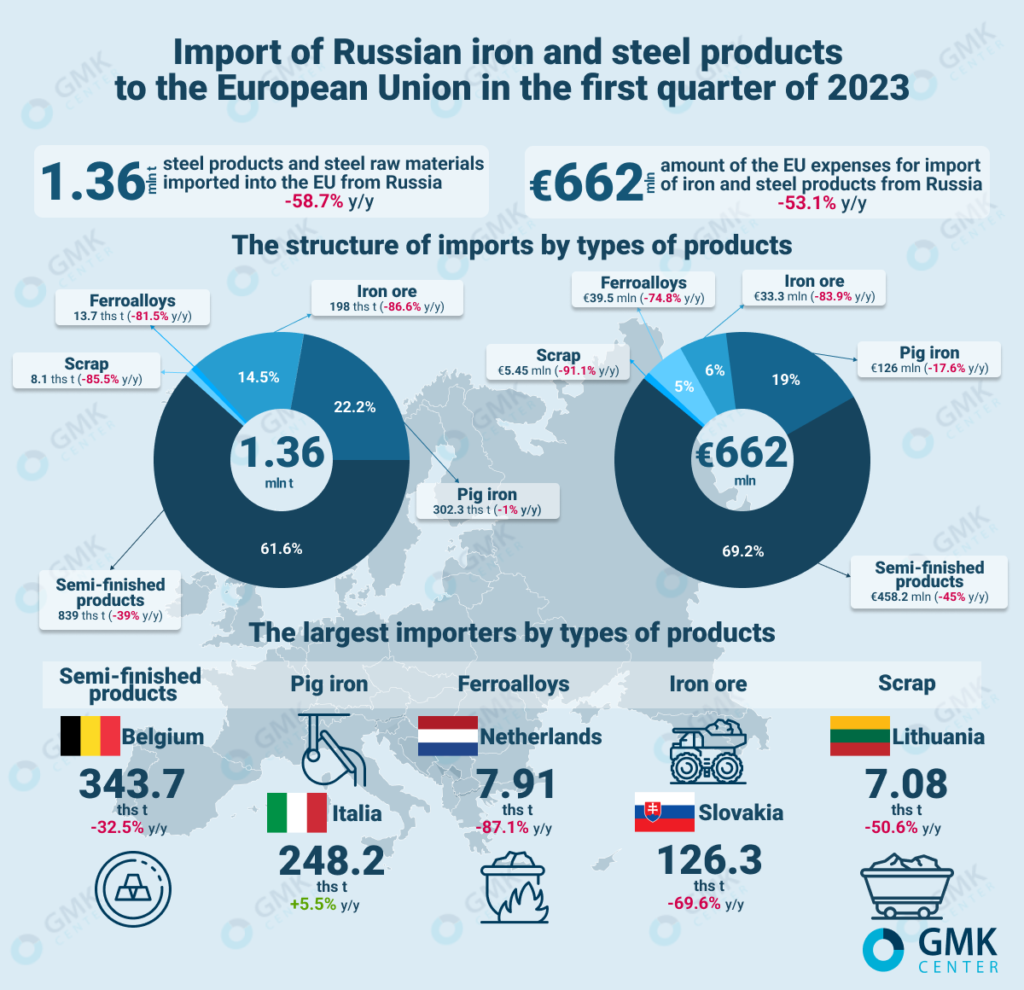
Therefore, despite the sanctions introduced against Russia, the iron and steel complex of the Russian Federation continues to receive significant profits from the export of products to the European Union. Although the indicators have significantly decreased compared to 2022, in particular last year exports amounted to 7.92 million tons for €3.87 billion, supplies remain at a high level and finance the terrorist activities of the Russian authorities.
As GMK Center reported earlier, despite the sanctions, Russia still has loopholes that allow it to export steel to the EU countries. CEO of the Metinvest group Yuriy Ryzhenkov emphasized it in an interview with the Italian publication Corriere della Sera. On the one hand, the Russian steel industry found itself in a difficult situation in terms of market share. In October 2022, the EU introduced the eighth package of sanctions against Russia, including a ban on the supply of steel products to the EU. However, it provides for a two-year deferment for Russian producers regarding the supply of semi-finished products to the EU.
Yuriy Ryzhenkov also reminded that European importers who buy Russian semi-finished products at low prices have an advantage over other producers in the European Union who refuse products from the Russian Federation.
11 months after the start of the full-scale war in Ukraine, according to GMK Center’s research, a number of sanctions were imposed against Russian steel industry, which make it difficult to export. However, approaches to restrictions on the part of major economies differ. The US sanctions policy, for example, provides for minimal bans, but American buyers themselves avoid products of Russian origin. The European Union left trade opportunities for raw materials from the Russian Federation and postponed restrictions on semi-finished products. The UK followed the path of introducing import duties.


